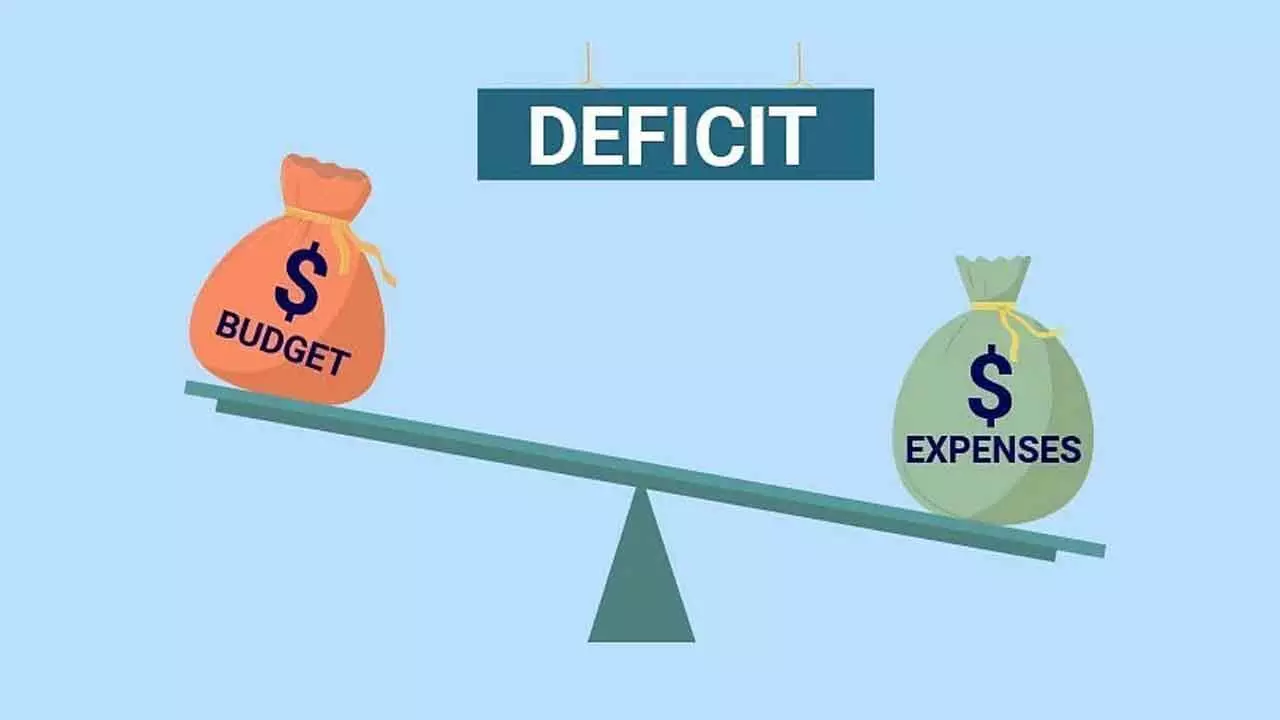Fall In Trade Deficit Will Help Current Account To Cross $5 Billion In Q4
Fall In Trade Deficit Will Help Current Account To Cross $5 Billion In Q4

Trade deficit fell to a 41-month low of $14 billion in February as imports fell heavily on month whereas exports remained stable. The fall was led by oil imports and broad capital goods, especially that of electronics. It may result in the current account to witness a $5 billion surplus in Q4. The merchandise trade deficit declined to a 41-month low of $14.1 bn in the month under review. It was mainly due to a sequential fall in imports, while exports remained consolidated. Gold imports fell to an 11-month low of $2.3 bn, as prices surged eight per cent MoM in February. Core deficit dipped to an 11-month low of $8.2 bn with core imports falling sharply, while core exports also fell but at a lower rate. The growth trends for both core exports and core imports have weakened on a three-month moving-average basis, possibly reflecting the global trade uncertainty. The sharp fall in core imports was led by broader capital goods; imports of electronic goods imports fell heavily, while lower prices for coal and iron and steel also possibly contributed to a sharp fall in their import values.
Services trade surplus rose to $18.5 bn, from the downward-revised $18 bn a month ago. With this data, Emkay’s forecast for the goods trade deficit is on track, while services trade surplus could overshoot. However, recent months have seen heavy revisions in services trade data, due to which most analysts maintain their FY25E CAD/GDP forecast at 0.9 per cent with mild downside risk. Oil imports are set to rise only marginally in the current fiscal, while non-oil exports have been showing healthy growth thus far, led by electronics, thanks to the smartphone export boom. With non-oil imports expected to grow at a lower rate, goods trade deficit/GDP should track at 7.1 per cent. Separately, still robust services exports, including IT services and the emerging space of GCC-led business consulting and financial services, will continue to prop up the current account.
Growth in non-IT services is likely to remain strong in FY25E. Meanwhile, IT services exports growth could moderate to mid-single digits, which remittances could remain. For FY26E, experts see CAD/GDP to widen to 1.1-1.2 per cent with the goods trade deficit widening to 7.2 per cent of GDP amid tariff-led uncertainty in global trade. India’s merchandise trade deficit compressed to a 42-month low $14.1 billion in February from $19.5 billion in the year-ago period, due a compression in imports of crude oil, gold and silver. A portion of the YoY decline in merchandise exports can be attributed to the base year effect related to the leap month. The trade deficit was also significantly lower than the average of over $23.0 billion during the first 10 months of the current fiscal. Given this print, Icra now expects the current account to witness a surplus of $five billion in Q4, equivalent to 0.5 per cent of GDP, in the ongoing quarter.

